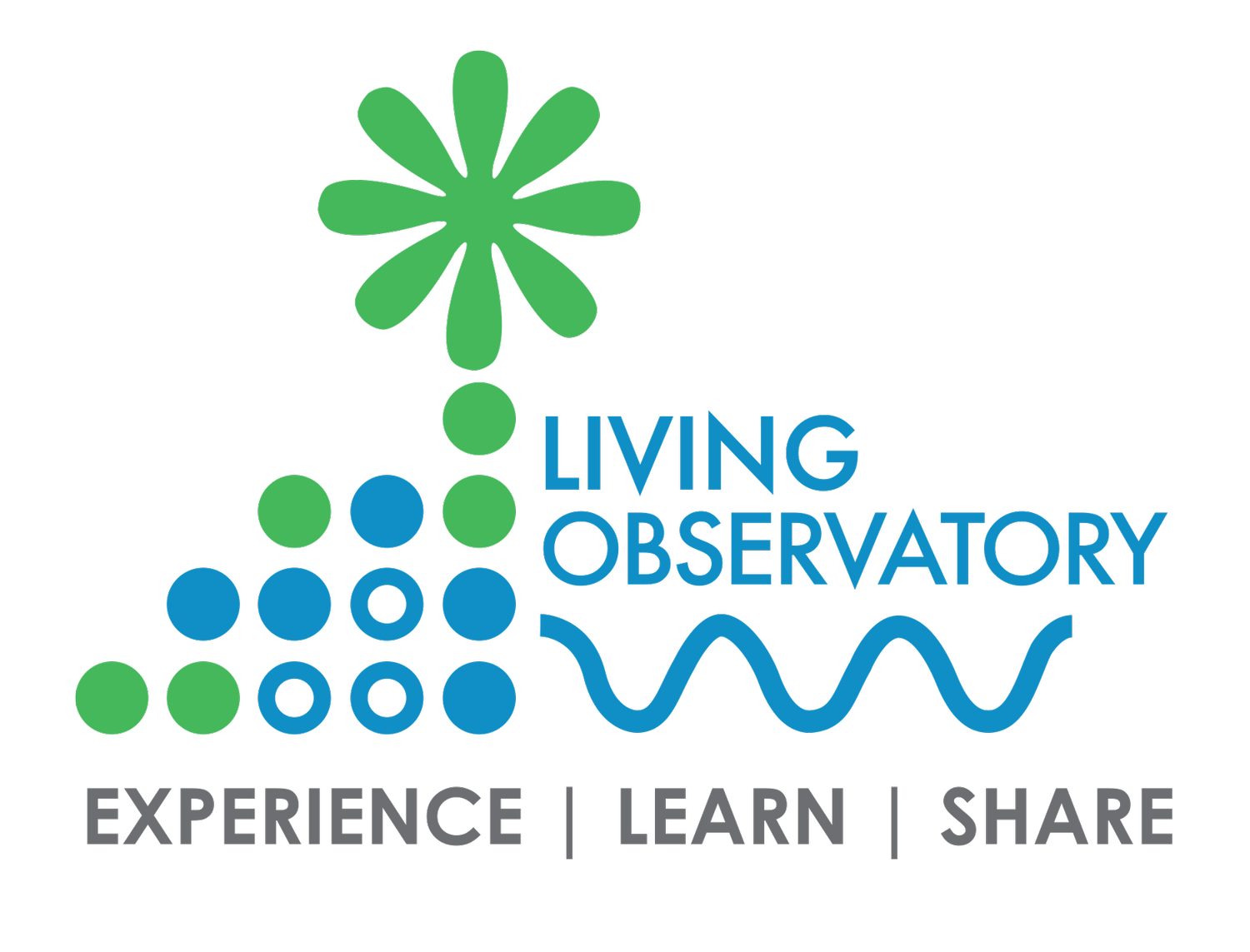“ Dilution and damage [of wilderness] is not apparent in the yield of ‘indirect’ trophies, such as photographs... the camera industry is one of the few innocuous parasites on wild nature.” - Aldo Leopold[1]
I’m sitting in my room; it’s a mundane rainy day. After a recent heatwave, the sweet smell of fresh rain and cool weather is enticing, tempting me to step out of the house. Sadly, I have some work obligations to fill. While my attention is split between where I’d rather be and where I am, I remember, back to August 2nd when the Living Observatory’s central stream cam, situated on Mass Audubon’s Tidmarsh Wildlife Sanctuary, went live to the public on Living Observatory’s website. With a few clicks of my mouse and clacks of my keyboard all of a sudden the walls of my small urban room - which once felt impenetrable and claustrophobic - seemingly open up. Indeed, I am not ‘there’, on the wetland. Yet, the sounds of the water meeting at the intersecting tributaries are entrancing. Though my screen is divided between an excel spreadsheet and the stream cam’s feed, occasional glances at the scenery take strain off of my eyes. The desire to step out has been satiated and my mind is focused.
As the sun sets I continue to log data into seemingly never-ending spreadsheet columns. Out of my headphones I hear a subtle splash. Curious to see what had taken place I divert my attention to the stream cam for a few minutes. Lo and behold, a great blue heron saunters across the stream and elegantly enters my screen. Then, as if in procession, the heron is followed by a mature white tailed deer with an astonishing pair of antlers. A sight I would rarely be privy to in the field is now streaming live on my desktop. Even if only for a brief moment I gain a feeling only nature provides, equal parts pleasure, ease, and excitement. Artist and writer Rindon Johnson recalled a similar experience wherein sitting at his desk he watched a humbled bear fail to capture salmon at a riverbank. Rindon and I share a similar disbelief and awe at the opportunity streaming video provides in its potential to capture and display serendipitous, personal moments[2].
I also sat down with Brian Mayton to learn more about the stream cam. Brian originally installed the stream cam as part of his experimental sensor network in 2015 while at the Responsive Environments team at the MIT Media Lab. During our discussion, Brian highlighted how live streaming provides a sense of connection. Brian emphasized that in the time when we feel furthest from the outdoors — for example in urban settings — the livestream shines. By providing an avenue to connect us to natural spaces, the stream cam can partially satiate our underlying desire to be outdoors. I believe that in certain ways streaming is akin to being in the wild - while watching the video there is always a chance of witnessing, discovering, and experiencing the unexpected, or ‘untamed’. In tandem with the stream’s personal benefits, it also provides a potential for expanding the restoration toolbox. For example, in 2020, just as the annual herring count was set to begin, lockdown measures were instated. Due to safety concerns, the volunteers could not physically attend on site. However when given the stream cam, counters could participate in the herring count by remotely tapping into the feed. In addition, as Brian points out, by annotating the stream and storing observations in an archive, restoration practitioners can begin to compile wildlife observations to better understand change over time. In addition to annotated wildlife segments, time-lapse videos can be used to illustrate the arc of change. This ability to capture observations at multiple timescales can help communicate why wetland restoration is so important.
The stream cam is available here for you, your family, and friends. Beyond the personal benefits of witnessing the beings that inhabit the marsh as they make themselves known to the stream cam, LO encourages you to help identify the wetland’s wildlife. We invite you to sign up and take a short tutorial. After that you will be able to annotate noteworthy wildlife in the stream and save the clips to our LO database. Who knows, you may be the first to spot the return of a rare, illusive species as they pass through, or return home. Whether you choose to do some identification, or simply watch and listen, the stories of the wetland will color even your most mundane day in subtle, and electric ways.
[1] Leopold, A. C. (1966). A sand county almanac. O.U.P.
[2] Köerner Willa, Asega, S., Dinkins, S., Earle, G., Haeyoung, A., Johnson, R., Kuo, R., & Tafesse, T. (2020). Software for artists book. Pioneer Works Press.
